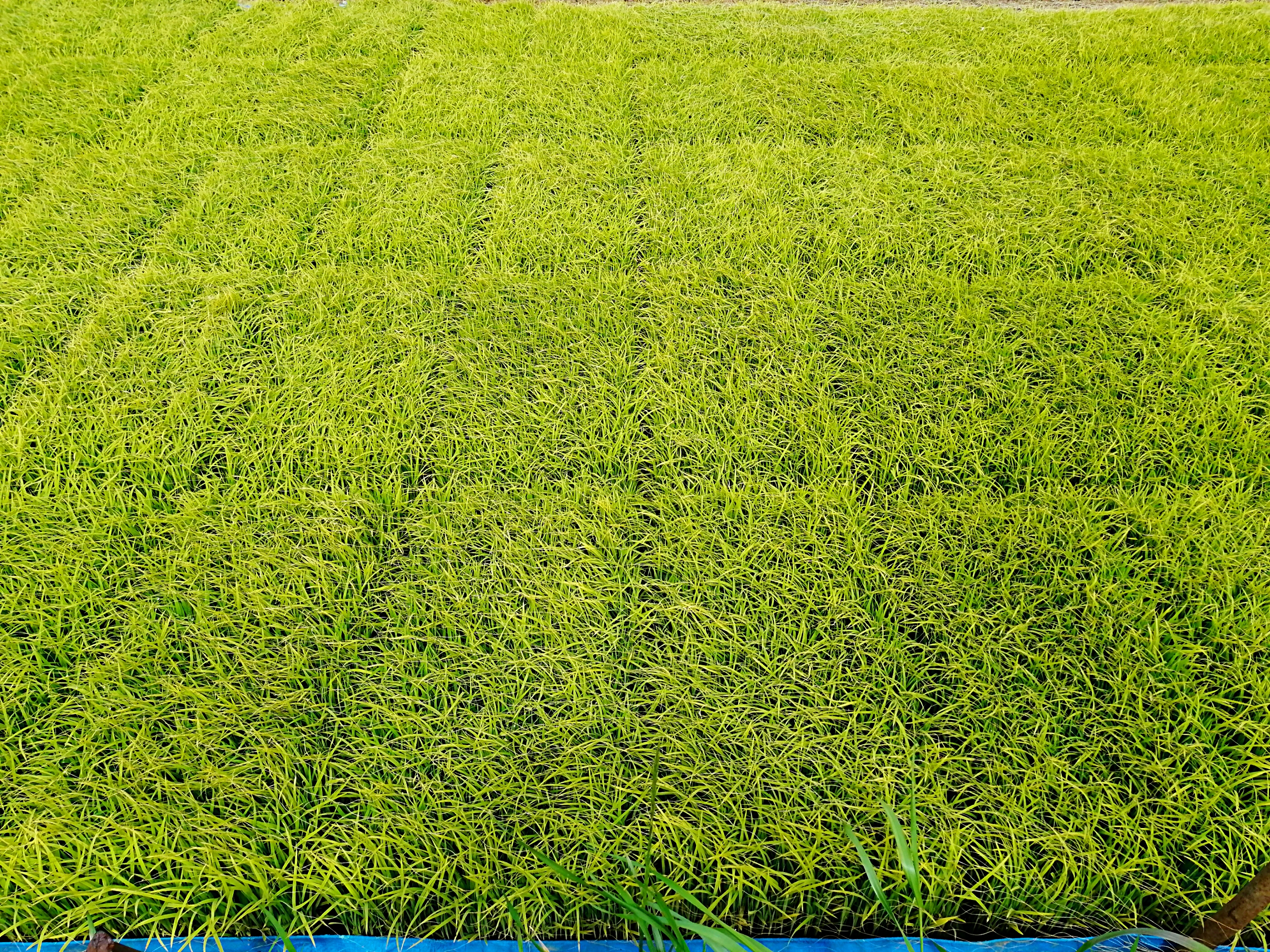
Nawashiro(Nursing)・Taue(Planting)・Karitori(Reaping)
Rice, the staple food of Japan today, was initially introduced from southern China, where rice seeds were planted directly into paddy fields and quenched by rainwater. The unstable weather conditions of Japan, however, with long rains, droughts, and typhoons, involved many risks unknown to the continent and hence called for planting methods that differed from those of rain-fed agriculture.
The Japanese solution was to prepare a stable environment, called nawashiro, where seeds could grow to seedlings under close supervision. Once the young seedlings are mature enough to endure the changing weather, they are transferred to the paddy field in a process called taue. Finally there comes the karitori, the final reaping of harvest. This was a three-step system, devised to adapt a plant, and a culture, that did not fit perfectly with the indigenous environment of the Japanese archipelago. The three steps are naturally woven into the cycles of Japan’s festivals: in spring, praying for healthy growth in nawashiro; in summer, wishing for fertility during taue; and in autumn, celebrating the blessings of a rich harvest after karitori.
This process, of nurturing the delicate seedlings close at hand and transferring them to the ground at fruit a later time, is unique to Japan. Interestingly, it is also reflected in the Japanese’ respect for the “fragility” of childhood, of supporting growth and maturation of people and their community in harmony with the surrounding environment.
In reflection, agricultural communities of the Edo period in themselves served as a nawshiro for the development of rhe technologies and cultures of Japan, Under direction of the Tokugawa shogunate, communities prepared weirs, watercourses, deep tillage, and compost. When a community was able to produce rice at a stable rate, it could then use land for planting other foreign crops, which ultimately enriched the food culture of Japan. The cultivation of sugar cane, for example, enabled the development of the astounding variety of wagashi (Japanese sweets) we enjoy today.
Automobiles, whisky, Western fashion, electronic goods-all of these were first imported from abroad. But Japanese manufacturers of these products developed methods analogous to nawashiro in their own right, developing new technologies that would one day lead to the export of “Made in Japan” throughout the world. The Japan brand has matured, building on the ancient and systematic methods of nawashiro, taue, and karitori.

